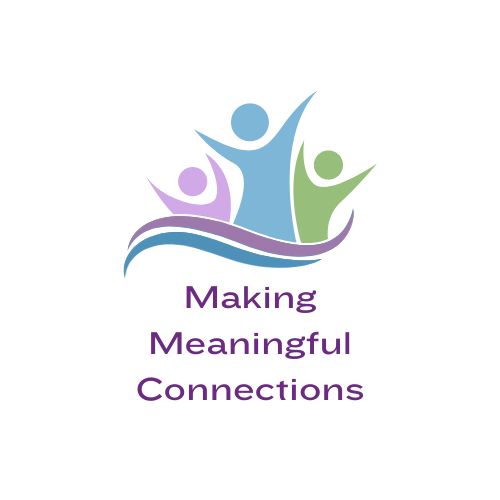I used to work for a media company that was divided into several autonomous departments, each overseen by a mid-level manager who reported to the division manager. We operated pretty independently of each other and were in essence, our own little company. It was sort of like being in a franchise, except my group handled products, another group finance, a third group shipping.
That conglomerate was sold and our division formed its own company and we were a compact small business under one boss who oversaw all the worker bees who handled products, finance and shipping.
In both cases, our employee workday looked something like this:
Clock In – Work –Work -Break -Work –Lunch
Work – Work – Break – Work –Clock Out
Next day, Wash, Rinse, Repeat
The daily grind for us was just a means to an end. It was a job
Sound familiar?
The Boring Routine
Week in and week out employees trudge to their cubicles, sit at their desks and accomplish tasks assigned to them. Using the same scenario but a different job, employees will also show up at their retail shop, or the service-oriented installation company or business office for their filing clerk duties. You get the picture.
While the job title may change, what all these employees have in common is they are unmotivated. The relationship with their co-workers resembles surface camaraderie. However, they all share the same trait – they watch the clock on its slow journey to the end of the workday and their release from job hell.
For managers and other corporate higher-up-the chain bosses, who view their workforce as unengaged -“doing just what it takes to get by employees” – you are getting back what you are fostering in your staff –- the bare minimum.
We talk about teamwork, but do we really have a team?
What is a Team?
A team is a group of people that come together to achieve a common goal.
When you look out at your pool of employees, do you see a team? A group of people by definition is not a team. There must be a purpose – a reason for them to come together and it is more than just working in the same building.
A team is created. A team is inspired. A team is invested in. A team is led.
As a leader, understanding who is on your team is essential to its success. What are the strengths and weaknesses of each team member? Delegating tasks based on those skills creates an environment of interaction and flow.
Investing in your team on a more personal level also strengthens the team. This doesn’t mean you have to become best friends with your staff. But showing that you care about who they are as much as what they do for you creates a relationship that fosters trust.
People need to feel connected to other people at work, including both coworkers and their boss. Not feeling connected is actually a prime reason for job dissatisfaction.
Team members who can relate to each other on a variety of levels enjoy interacting and working together to solve problems and create opportunities.
Engaging a Team
How do you foster a team environment in the workplace, especially if there has not been one in place before?
Create a roundtable environment and ask your team to share what matters to them in the workplace and outside of work as well. But don’t just play observer. Join in with your visions as well. Engaging and interacting with each other can foster a creative process for business development and problem solving. You many want to have session like this on a routine basis to further the inter-workings of the team. If someone new joins the team, be sure to give him or her the opportunity to get up to speed and acclimated into what is already comfortable for everyone else.
Just like a woven fabric is stronger than individual threads, a well-designed team becomes a support system for the company and each other.
Originally appeared on blog.manifast.com
Flickr Photo Credit:

